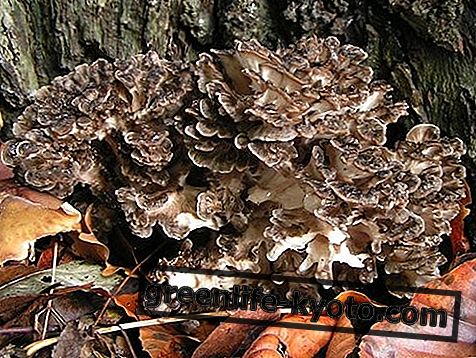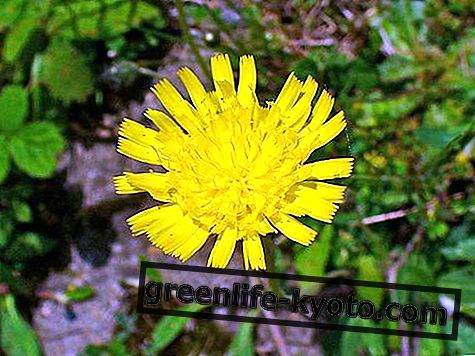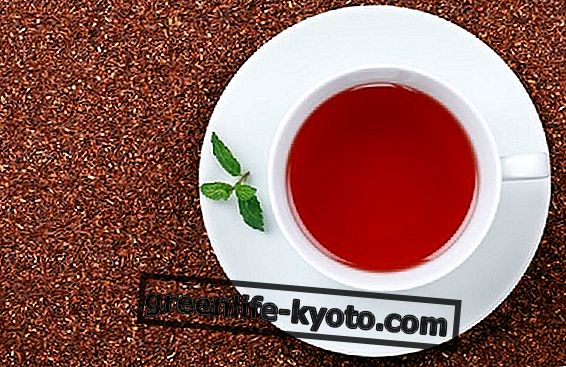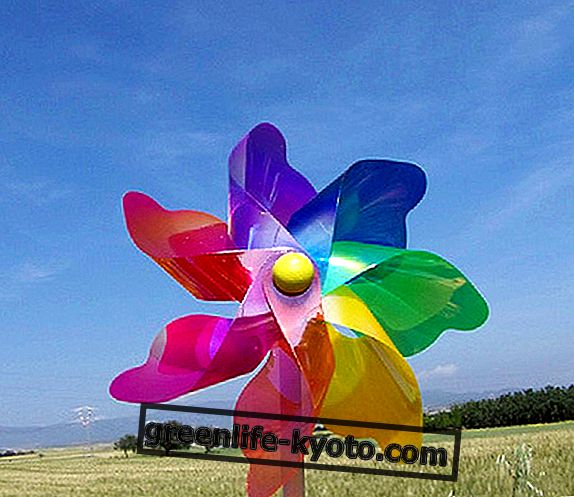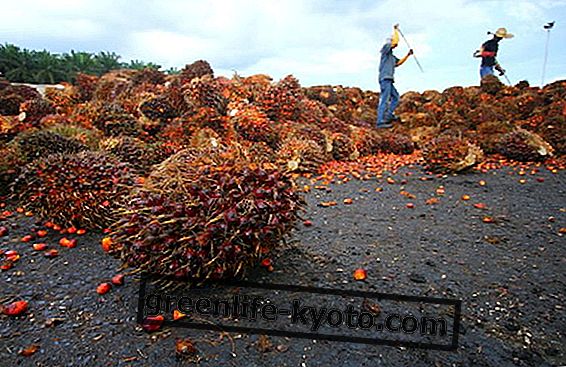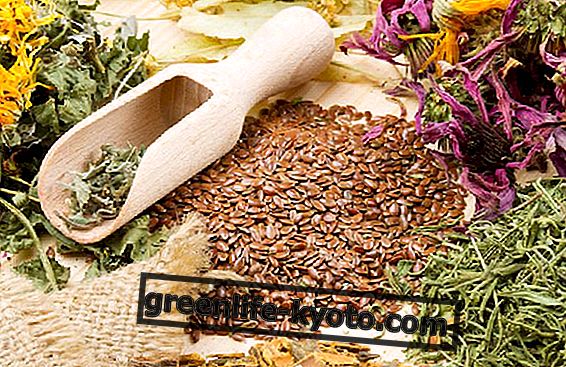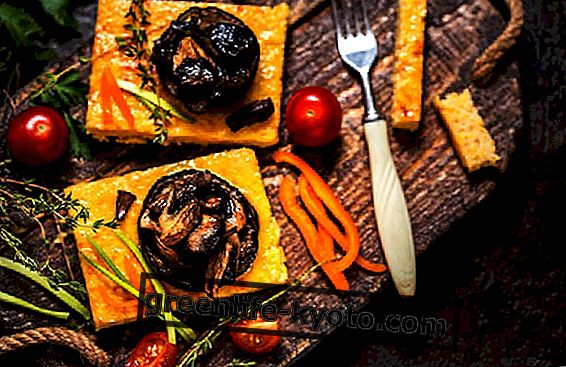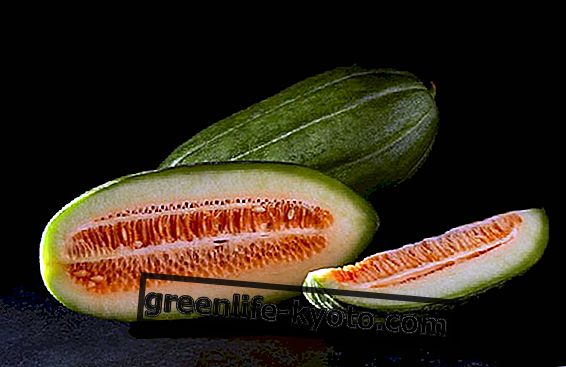
Barattiere, between cucumber and melon
The barattiere is one of the typical and ancient summer vegetables of Puglia - which is found above all in the areas of Bari, Brindisi, Fasano and Ostuni - once very popular and widespread, then fallen into oblivion and recently returned to being popular on Italian tables along with cumarazze, carousels and meloncelle .
Belonging to the Cucurbitaceae family, in particular to the Cucumis melo L species, the fruits of the barter are still not ripe, often as a substitute for cucumber, for which they are better digested; easy to prepare, to all intents and purposes they come in numerous preparations and poor and peasant dishes of the Mediterranean diet and cuisine, let's discover them together.
How the caster is consumed
The barattiers are eaten raw and in purity, excellent as natural thirst-quenchers and as special ingredients in centrifuged with high moisturizing power ; or you can sprinkle with salt to enrich summer salads, or even as a fresh alternative to accompany and in contrast to typical Apulian dishes such as orecchiette with turnip tops, favetta or pasta with fresh tomato sauce and cacioricotta.
They can also be found in the dressing of the cold "cialledde" of Altamura, typical slices of stale bread seasoned in the manner of the poor and peasant tradition (thanks to NewsFan for the original recipe).
The shape of the fruit is more or less spherical and slightly tapered. The surface is smooth and of a particular color that goes from gray to green when it is unripe; the flesh is light green and crunchy, while it becomes almost pink and softer when the fruit ripens, with the skin tending towards pale yellow.
Owners of barbers
The barattiers, like other vegetables of the family, have refreshing, diuretic and moisturizing properties, are very digestible and are low in fat and sugar. They contain potassium and sulfur, substances that help eliminate excess liquids and protect the skin, especially due to the anti-swelling and toning action .
Born from a spontaneous hybridization between melon and cucumber, the barter has a similar taste to the latter, with a final note that tends to sweetish.
Where to find swindlers
There is a great variety of types of barrers, both in the size and in the external color of the vegetable; often the cultivation areas are different: there is the Fasano barter, but also the Polignano long vehicle or the Manduria smooth round, just to name a few.
They are found in the markets to the south, much more easily online or in specific supermarkets for those living in the north, although it is not difficult to order them at the banquet of Apulian products.
Curiosity: the name barattiere probably comes from the term "baratto" and one can guess that the vegetable was easily exchanged with other gifts from the campaign in the past. This curious hybrid is also known as "cianciuffo, pagnottella, cocomerazzo" (The Province of Casalmaggiore).

